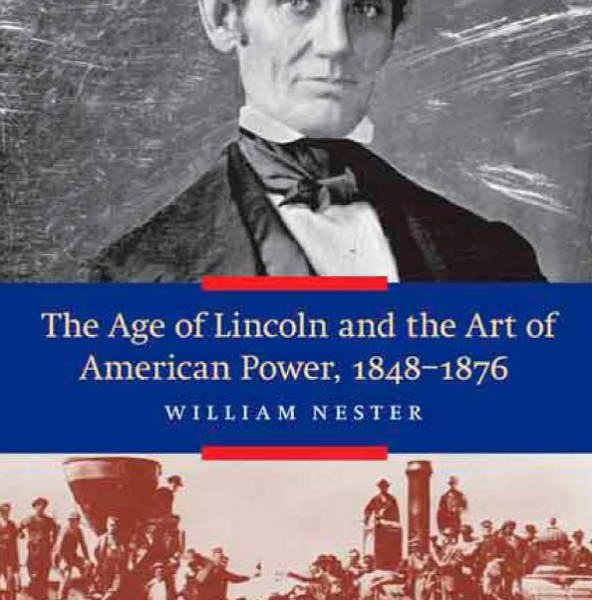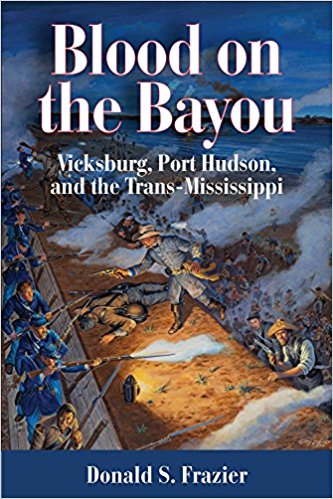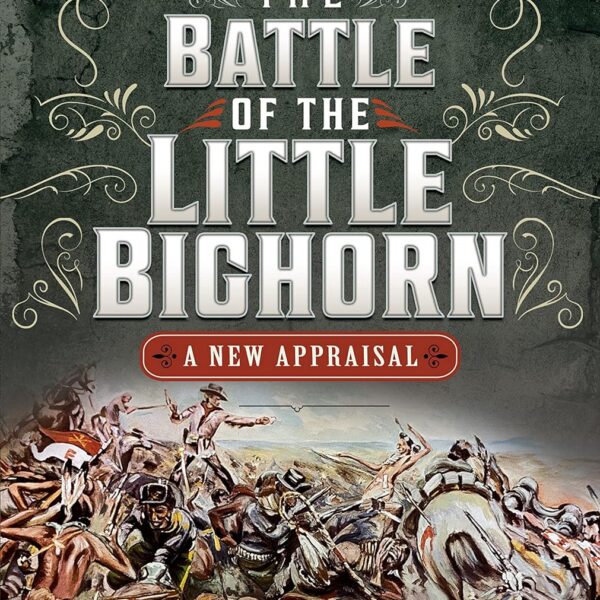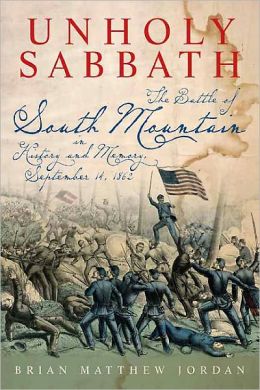The Last Battle of Winchester: Phil Sheridan, Jubal Early, and the Shenandoah Valley Campaign, August 7 – September 19, 1864 by Scott Patchan. Savas Beatie, 2013. Cloth, ISBN: 1932714987. $34.95.
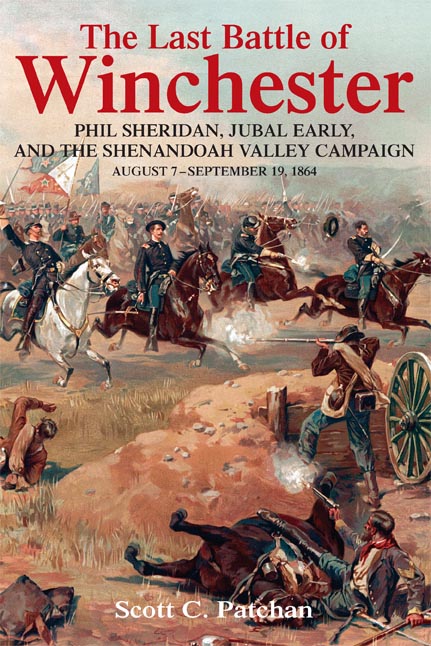 It is difficult to believe that even after one hundred and fifty years large literary gaps remain in the military history of the Civil War. During the last generation, one by one, important battles and segments of seminal campaigns have found a voice but until Scott C. Patchan took up his pen, the 1864 Shenandoah Valley Campaign had remained on the sidelines. To be sure, Jeffry Wert in the 1980s wrote a useful overview of the conflict between Phil Sheridan and Jubal Early and the campaign’s final conflict, the decisive battle of Cedar Creek, which has received competent attention. But no one had tackled the story of the Valley’s largest engagement, the Third Battle of Winchester or, as it was known in the North, the Battle of the Opequon, until Patchan’s book appeared in early 2013.
It is difficult to believe that even after one hundred and fifty years large literary gaps remain in the military history of the Civil War. During the last generation, one by one, important battles and segments of seminal campaigns have found a voice but until Scott C. Patchan took up his pen, the 1864 Shenandoah Valley Campaign had remained on the sidelines. To be sure, Jeffry Wert in the 1980s wrote a useful overview of the conflict between Phil Sheridan and Jubal Early and the campaign’s final conflict, the decisive battle of Cedar Creek, which has received competent attention. But no one had tackled the story of the Valley’s largest engagement, the Third Battle of Winchester or, as it was known in the North, the Battle of the Opequon, until Patchan’s book appeared in early 2013.
Patchan, a dedicated amateur historian from northern Virginia, possesses the credentials to write this book. His previous works cover the Battle of Piedmont in June 1864 and the forgotten portion of the 1864 Valley campaign encompassing the period between Early’s retreat from Maryland and the advent of Sheridan. The Last Battle of Winchester follows in the footsteps of these excellent treatments.
Patchan provides a classic exemplar of the “old” military history. He approaches his subject with the intention of presenting a thorough tactical history of Third Winchester, and he succeeds. With the exception of an occasional reference to the frequently cited female diarists of Winchester, Patchan remains focused on the conduct of the campaign. It is hard to imagine anyone needing to plow this ground again.
Nearly half of the text addresses the preliminaries to Third Winchester—the so-called “Mimic War” that featured maneuvering up and down the Lower Valley resulting in sharp but small and relatively insignificant skirmishes. Patchan correctly links Sheridan’s cautious generalship during this period to political considerations in Washington that dreaded another Confederate incursion across the Potomac or, even worse, a clear-cut defeat.
The engagement on September 19, 1864, receives the bulk of Patchan’s attention. He comprehensively and chronologically recounts the familiar ebb and flow of the combat that resulted in Early’s withdrawal at dark. Most of what Patchan describes conforms to previous treatments of the battle, although his deep research in primary sources yields firsthand accounts and tactical details previously unpublished. Patchan concludes by following the armies to Fisher’s Hill. His account of the action between September 20 and 22 is sufficiently comprehensive to warrant extending the scope of his subtitle to include this corollary to Third Winchester.
Patchan’s prose is workmanlike and solid, if not elegant, and the text is richly supplemented with helpful maps and illustrations. Biographical sketches of the major players enhance the narrative and this reader particularly appreciates footnotes instead of endnotes.
The Last Battle of Winchester would have benefitted from more careful copyediting. Errors appear with annoying frequency that surely should have been caught by proofreading and fact checking. I’m sure the author realizes that General Getty’s first name is not William, that the waterway south of Winchester is Abram’s Creek, not Abraham’s Creek, and that John Breckinridge was not a commander in the Army of the Tennessee, to name a few such problems.
Patchan’s analysis of the generalship during this phase of the 1864 Valley Campaign is thoroughly conventional. Sheridan is criticized for tactical lapses but receives credit for his inspirational battlefield leadership. Early’s hubris in dividing his army in the face of Sheridan’s superior numbers reflected the miscalculation of his opponent’s audacity. I am not sure that Patchan’s conclusion that Early’s presence in the Valley was responsible for lengthening the Petersburg Campaign but I do agree that Lee’s decision to influence the election of 1864 by maintaining a force in the Valley represented his best move on the map by the summer of 1864.
Preservationists have achieved recent victories at Third Winchester by acquiring key portions of the core battlefield. Other landscapes in the combat zone remain relatively pristine although unprotected, while a large segment of the field is lost to development. Patchan provides seven helpful appendices but an eighth providing some guidance for readers who wish to visit the battlefield would have been welcome.
The Last Battle of Winchester fills a gap in the military history of the Civil War and does so well. Those who enjoy good old fashioned “bugles and sabres” history will revel in this book, which should stand as the premier treatment of its subject for the foreseeable future.
A. Wilson Greene is the Executive Director of Pamplin Historical Park and the National Museum of the Civil War Soldier in Petersburg, Virginia.

